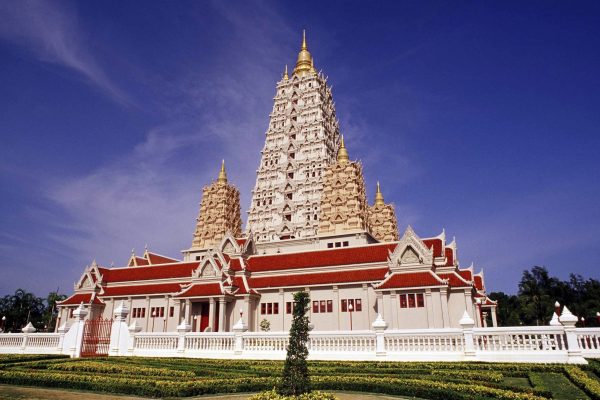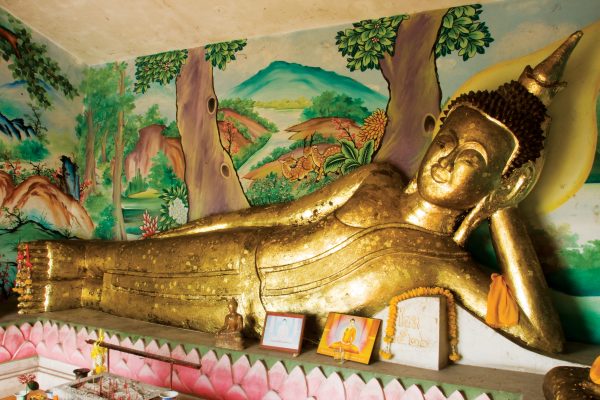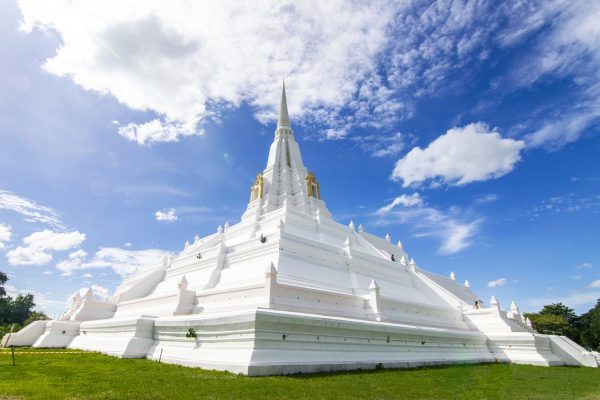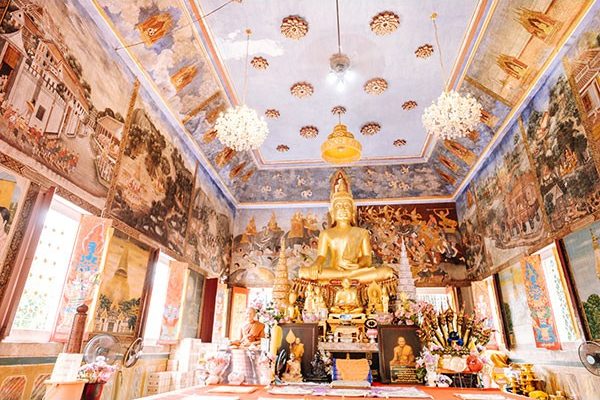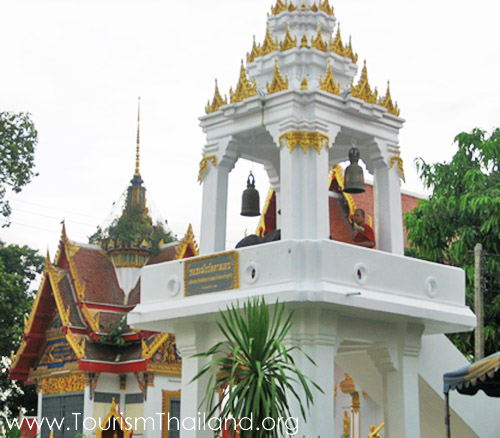
Wat Tan En
Wat Tan En is located in Amphoe Bang Pahan in Phra Nakorn Si Ayutthaya Province. According to archeological evidence, the temple was probably built during the period Ayutthaya by Chao Theppasak. The main image of Buddha in the ubosot has a beautiful face, which is likely an Ayutthayan art that has at least five hundred years old. The Buddha image is known as ‘Luang Phor Plung’ thanks to the radiant glow on the face, or ‘Luang Phor Champ’ because the face appears just as joyful all the time. Luang Phor Plung is a sacred main image of Buddha at Wat Tan En. People often come to pay respect and ask for the blessing from the Buddha image. Wat Tan En is not only a religious site but also a home to interesting natural resources. Apart from the ubosot and the vihan which are commonly found in all temples, there are some notable animal sights; for example, tens of thousands of Lyle’s flying foxes which have settled down without anyone knowing when or from where they arrived. Next are the shoals of fish in the canal in front of the temple, which is an animal sanctuary. There is a variety of fresh-water fish for visitor to feed as a way of merit making. In addition, the temple is also home to many kinds of birds, such as cormorants, egrets and barn owls. There are also big trees of over hundred years old for visitors to admire; for instance, a pair of rubber trees where the flying foxes inhabit. In addition, the temple has an eight-metre keel of an ancient bark made from iron wood, antique pottery which was found together with the keel, and other antique tools such as farming and fishing equipment. Accordingly, visitors can learn more about the intellect of people in the past here. The pleasant atmosphere at Wat Tan En is great for meditation and the practice of dharma. For more information, call 035 254 041. To get there, take Highway No. 32, or Asia Road, to Bang Pahan Intersection and turn right into Highway No.347. The entrance to the temple is on the right. Continue for another 2 kilometres to the temple. Distance totals around 20 kilometres.

